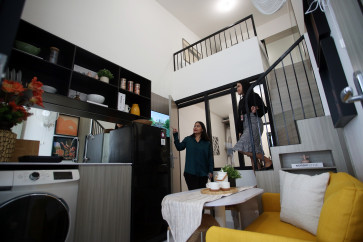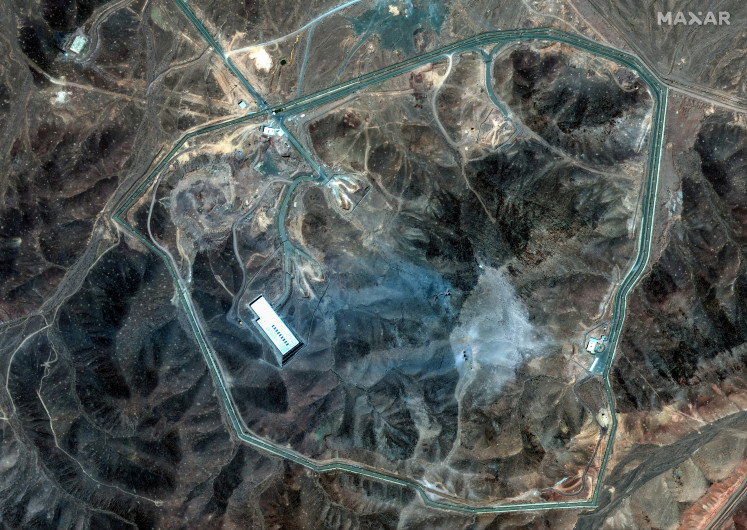Popular Reads
Top Results
Can't find what you're looking for?
View all search resultsPopular Reads
Top Results
Can't find what you're looking for?
View all search resultsRS Persahabatan stood for Soviet-Indonesia links
The 47-year-old Rumah Sakit Persahabatan in East Jakarta literally means Friendship Hospital and carries a deep meaning in its name
Change text size
Gift Premium Articles
to Anyone

T
he 47-year-old Rumah Sakit Persahabatan in East Jakarta literally means Friendship Hospital and carries a deep meaning in its name.
The hospital serves as an historic reminder from the past symbolizing the close relationship between Indonesia and the then Soviet Union back in the 1960s.
“This hospital was a gesture of goodwill of our country to the people of Indonesia,” Yuri Zozulya, head of the Russian Cultural Center, said Monday during the 47th anniversary celebrations of the hospital at the hospital complex in Rawamangun district.
The government of the Union of Soviet Socialist Republic (USSR) built the Persahabatan Hospital in 1961, during the period when Indonesia was close to the Eastern block then headed by
the USSR.
The hand over took place on Nov. 7, 1963 in conjunction to the 46th celebration of the socialist revolution of the Union of Soviet Socialist Republics.
“We will continue to celebrate year after year the next anniversaries of the hospital,” Zozulya said.
Director of the hospital, Priyanti Soepandi told The Jakarta Post that many Russian doctors and nurses worked at the hospital in those early years.
“There were many Russian doctors and nurses in 1963, but they gradually left in 1965 after the events associated with the Sep. 30 Movement [popularly known as the G-30-S/PKI],” she said.
She referred to the period in which the purported communists were eliminated by the emergence of the New Order regimes under Soeharto that forced the last few health officers working at the hospital to leave the country by 1967 at the latest.
Priyanti even added that the first director of the hospital Dr. Moeljo Hastrodipoero, who held the
position from 1963 to 1965, was forced to resign because of the allegation the he was involved in communist activities.
“After that my father, Dr. Soepandi Moelkajin, who was a medical director at the Cipto Mangunkusumo General Hospital [RSCM] was appointed as the director at RS Persahabatan,” she said.
Priyanti said RS Persahabatan was authorized as a satellite hospital with doctors and nurses recruited from RSCM.
It was also a hospital for prisoners before Raden Said Soekanto police hospital was built.
“During that era, no one wanted to come here because of the difficult access to the hospital,” she said, as there was only a small road to the hospital, difficult for cars to use.
“Once, my dad told me that he taught a general practitioner to be an anesthetist in this hospital, but the latter refused to return and preferred to work at RSCM,” she said laughing.
In 1973, after Dr. Soepandi retired, the health ministry decided to make RS Persahabatan an independent hospital.
In 1994 the hospital was designated as the national referral hospital for lung diseases.
During the period 1992 to 1999, the hospital managed to add some divisions, such as thoracic surgery, a acardiologist and central surgery, intensive care and a microbiology laboratory.
The hospital, currently has the status as a state-owned company, has a capacity of 539 beds with 26 general practitioners and 118 specialists.
Russia currently does not give any support to the hospital, although their contribution to the hospital was immortalized by an old Russian sign at the main entrance of the old part of the hospital complex, and with a typical old caged elevator.
Those proved that the two countries were once very close. (map)









